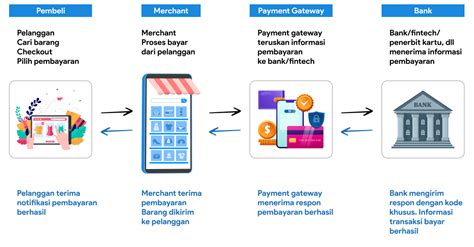Cryptomena scaling: TVL role, payment gates and blockchain
The world of cryptocurrencies develops rapidly and new technologies and innovations appear every day. Among these advances, the scalability of the blockchain was an urgent problem for developers, investors and users. In this article, we dive into the topic of Crypto, TVL, payment gates and blockchain scalability to examine how everyone is interconnected.
What is the scalability of the blockchain?
Blockchain scalability refers to the ability of the system to handle a high volume of transactions without slowing or failing. This is decisive for cryptocurrencies such as Ethereum, which have a limited number of transactions that can be processed within a single block. The current algorithm of the Ethereum consensus, evidence of work (Pow), has proved to be inefficient and energy -intensive.
TVL: Key measurement of blockchain scalability
TVL means the total value locked and it is a metric used to measure the scalability of the blockchain network. It measures the total amount of assets locked in a particular intelligent contract or tokens. TVL is a necessary indicator of blockchain ability to effectively process transactions.
For example, if Ethereum has 1 million ether (ETH) locked in his wallet and Ethereum can only handle about 100,000 transactions per second, it means that the current Pow algorithm will slow significantly. On the contrary, a scalable solution, such as Ethereum Classic, uses a consensus algorithm in a state (POS) that allows a higher transaction rate.
Paying gates: a critical part of the blockchain acceptance
Payment gates are the basic components of any Blockchain network, allowing users to smoothly send and receive cryptocurrencies on various platforms and exchanges. These gates provide a safe, reliable and fast way to process transactions, which makes it easier for users to purchase, sell and trade cryptocurrencies.
SOCKIABILITY SOPERATION BLOCKCHAIN
Several solutions of blockchain scalability have appeared that solve problems with high transaction fees, slow speeds of the network and power consumption. Some remarkable examples include:
1.

: As already mentioned, POS Consensus algorithms are more energy efficient than evidence of work (Pow), but often require larger blocks size to adapt to the increased required computational energy.
Future of Blockchain scalability
As the cryptocurrency space continues to grow, there will also be a demand for scalable solutions. Investors are increasingly looking for projects with robust scalability capabilities, and many invest in promising technologies such as Sharding, POS and Skaling Layer 1.
However, there is still an urgent need for more complex solutions that can address some of the existing Blockchain technology restrictions. As the industry is constantly evolving, it is necessary to prefer innovation, cooperation and transparency to create a more decentralized and more accessible ecosystem for all users.
In conclusion, the scalability of blockchain is a critical aspect of the development of cryptocurrency, receiving the payment gate and the overall efficiency of the network. By examining the latest solutions and innovation, we can unlock new options and create a more durable, inclusive and prosperous space for all participants.
© 2022 – Potenza Building Material